Since unstructured data makes up approximately 80% of data, a good place to start is defining how it applies to video. SportsTrace is helping you by making sense of video automatically to save time and provide important insights to help you improve as an athlete and to help you scale as a coach. Today, we’re talking about what that difference in structured/unstructured data is, examples of how to turn unstructured data in video into structured data, and what we’re doing at SportsTrace to help. If you already know the difference between structured and unstructured data and you want to jump ahead, feel free to jump to How SportsTrace can help.
Structured vs. Unstructured Data
While structured data is made up of highly organized, easily searchable data types generally made up of factual material like home addresses or credit card numbers, unstructured data is essentially everything else out there. It’s data that’s not as easily defined or searchable, including most things found on video and other media. There are levels of the structured nature of data – video and images are highly unstructured while articles and posts are semi-structured. And, there are plenty of explanations that take this further.
What’s helpful about unstructured data in video? That data can comprise nearly anything out there, and it’s already stored in its native format. The possibilities to analyze sets of data from these videos are virtually endless, enabling freedom, creativity, limitless expression and an unlimited number of ways to gain competitive advantages from the data you’ve unearthed and researched.
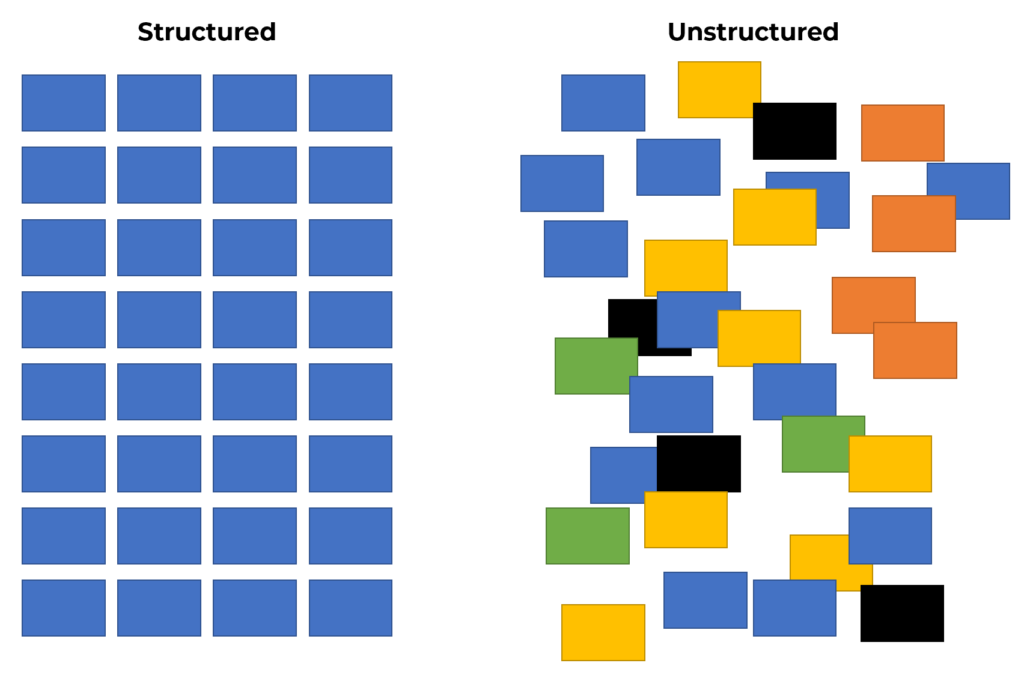
Structured Data Examples
Currently, coaches and athletes evaluate video and structure data themselves. This process is simple – you look at the data, you determine what is going on, and then you arrive at conclusions about that video. If you are looking at a video of yourself or one of your players performing in-game or at practice, then that structure is completely based in your own observations and expertise. When I see a video of myself hitting a baseball, I see immediately:
- It’s me
- It’s baseball
- It’s hitting (not pitching, fielding, running)
- I’m either swinging or taking a pitch

Those seem like simple observations, but they are still structuring data around the video. WHEN I have determined that it’s me, it’s baseball, and that I am taking a swing, THEN I can start to perform some deeper analysis on my own form and technique:
- What’s my sequence look like?
- Am I staying back on the ball?
- How are my hands moving through the zone?
- Am I generally balanced in the swing?
- How is my swing plane?
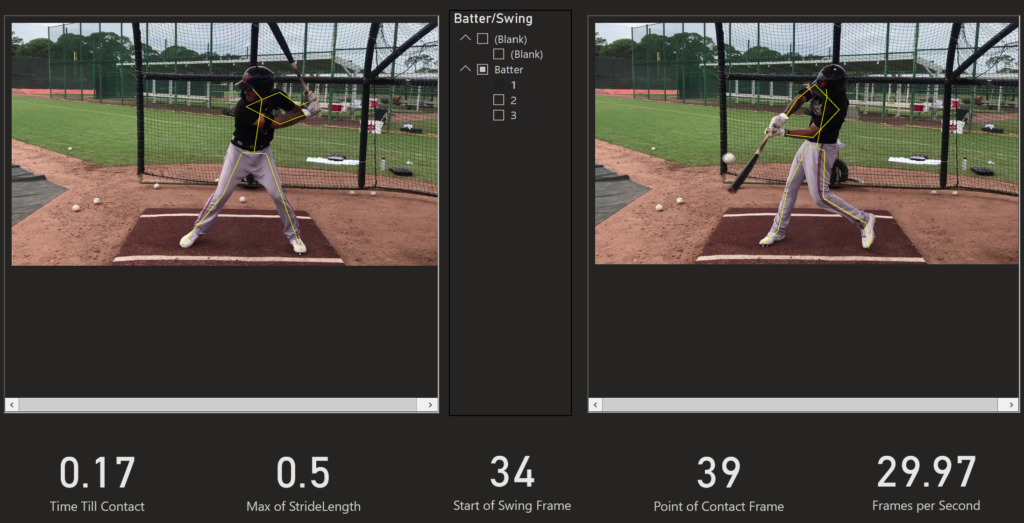
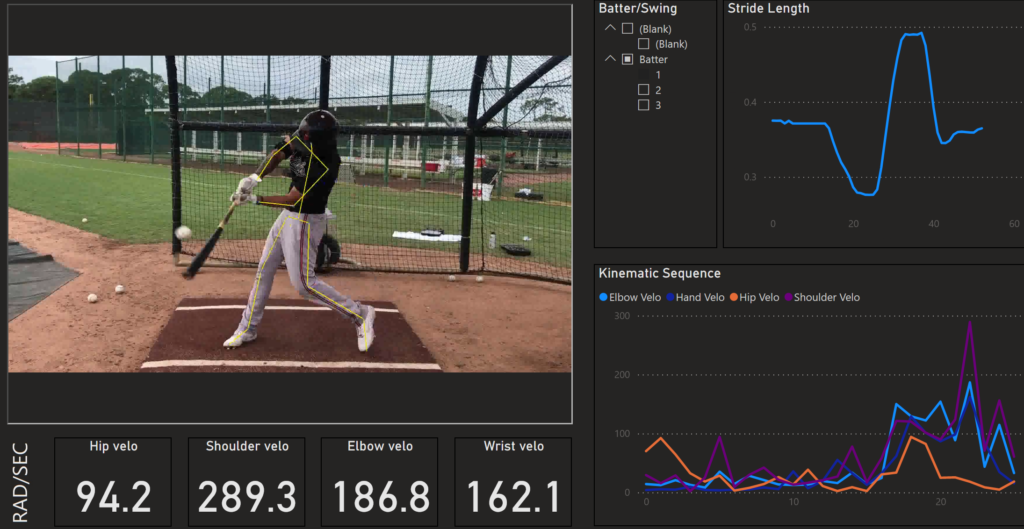
Using Structured Data from Video
And, currently we capture this information by either committing it to memory or writing it down. Very few facilities and tools exist for automatically extracting this information from video. Once we structure this data, it’s a lot easier to see patterns to eventually get to a solid course of action. And, THAT’S because since unstructured data is stored in its native format, there are so many more potential use cases than a structured set of data that’s not as malleable or adaptable. Data from unstructured data in video can also be accumulated and collected a lot more quickly and can be stored in cloud data lakes.
But nearly limitless uses for the unstructured data of video does have its share of unhelpful drawbacks. Because the amount of unstructured data found in video is essentially limitless, it can not only take a long time to analyze but also require specialized expertise to really maximize every single piece of data even a simple short video holds. If you don’t have an understanding of the video’s subject matter and how that data can be made relatable or useful, it won’t be nearly as helpful as a strictly defined set of structured data that you’ll know the parameters of.
How big is the problem?
An additional major problem with unstructured video data is just its massive scale. When an unstructured video has thousands, if not millions or billions, of unique data sets, you can be lost very quickly without a strong grasp of the subject matter. Managing this amount of data on servers can be prohibitive to many, especially when shared with co-workers, partners or collaborators. Replicating, protecting and governing a vastly unending amount of data is a task that we as a society are still trying to figure out.
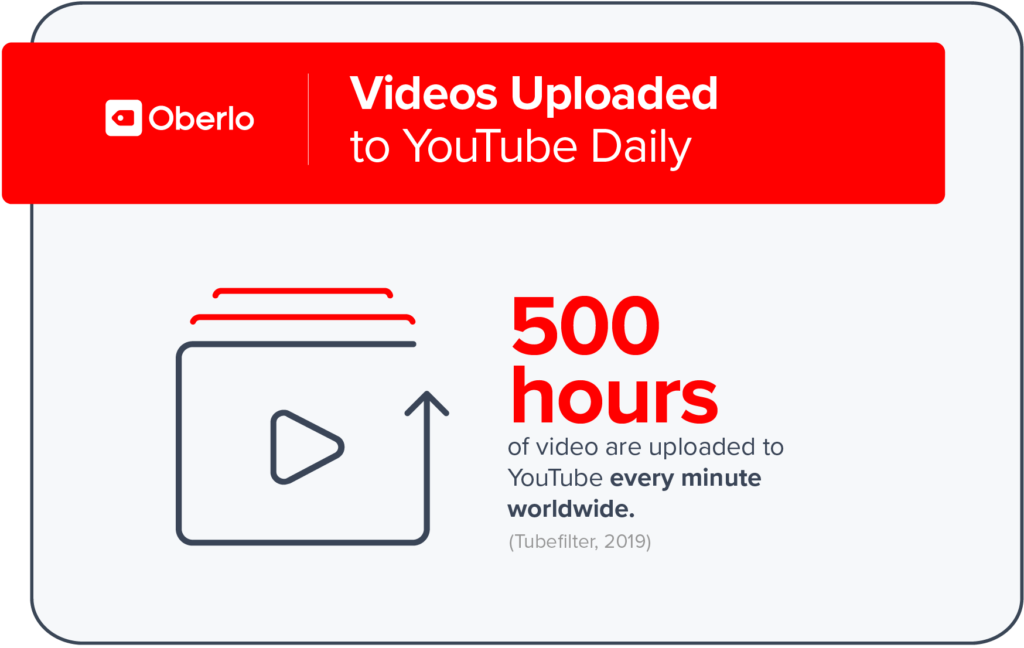
But brought back to a more simplistic, smaller picture view, the unstructured data of video is growing every year – 500 hours of video were added to YouTube alone every minute as of May 2019, which is only growing – and revolutionizing the way we view, analyze and extrapolate sets of data. We just need to conceive and adapt new and existing measures to continually grow and evolve in this vast, ever-changing landscape.
How can SportsTrace help?
SportsTrace automates video processing and gives you personalized insights and actionable recommendations. The process for users is simple:
- Take a video with your cell phone (see our tips for How to Take a Video)
- Use our app to upload it to the cloud
- View the results in the SportsTrace app
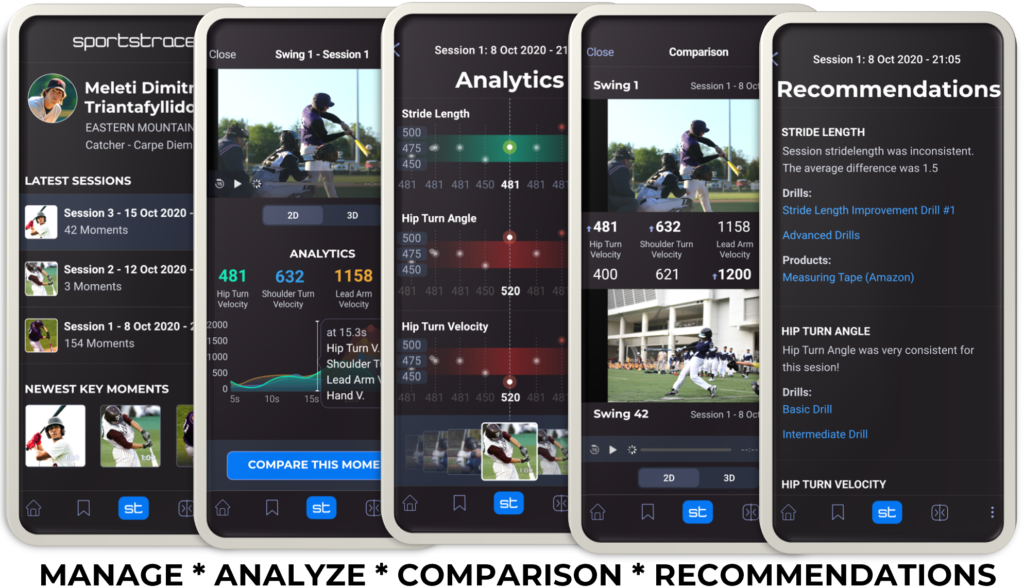
The process is that simple. This is providing structured data around video. It’s automatically providing that data with truly minimal effort on your part. You can see:
- When you uploaded the videos
- How many videos you are tracking in the app
- For each video, WHAT the human body was doing
- WHICH videos you have bookmarked as important (good, bad, or indifferent)
- HOW you can improve with recommendations that target your consistency and inconsistency of movement.
Feel free to sign up for updates on SportsTrace here or let us know how SportsTrace can help (contact us). You can always try it out for yourself here:
